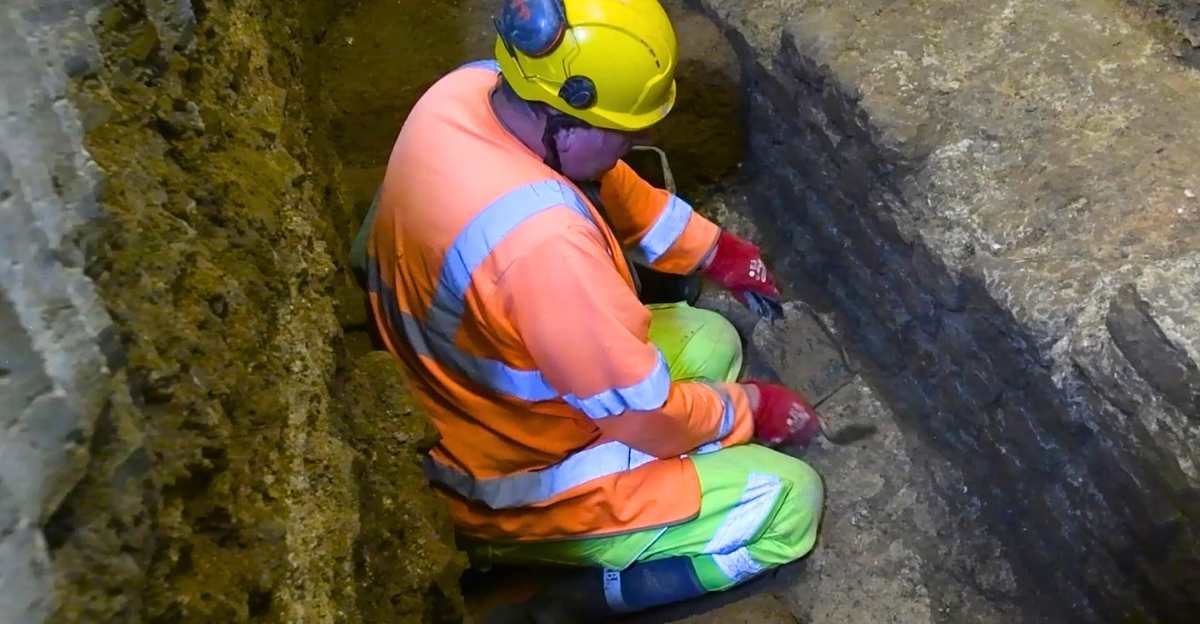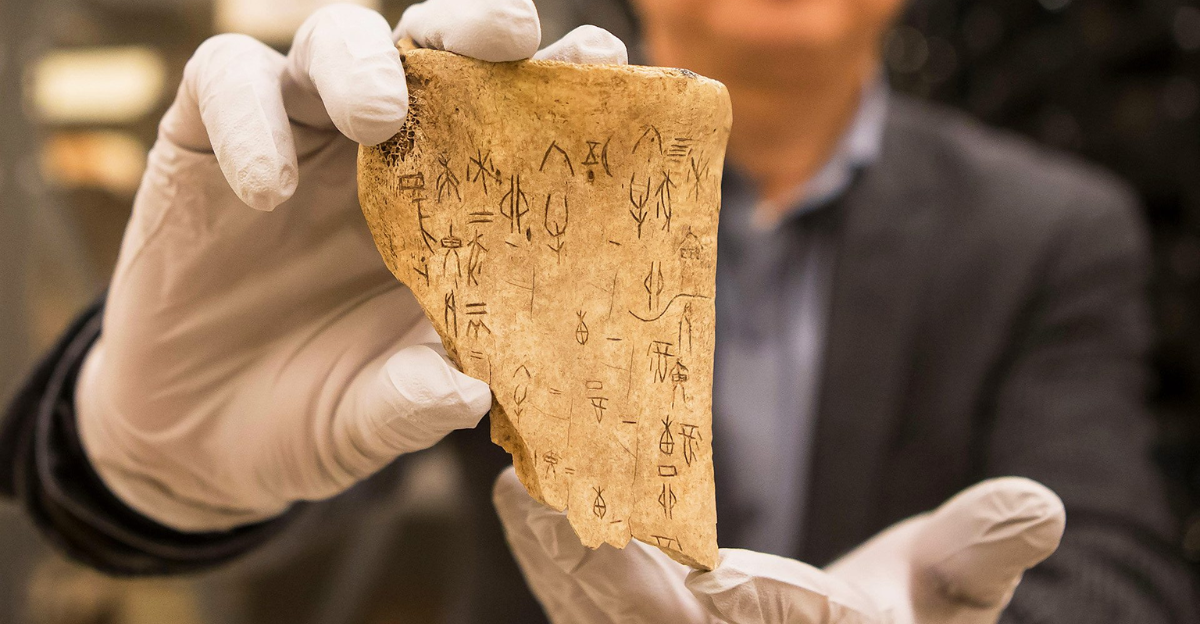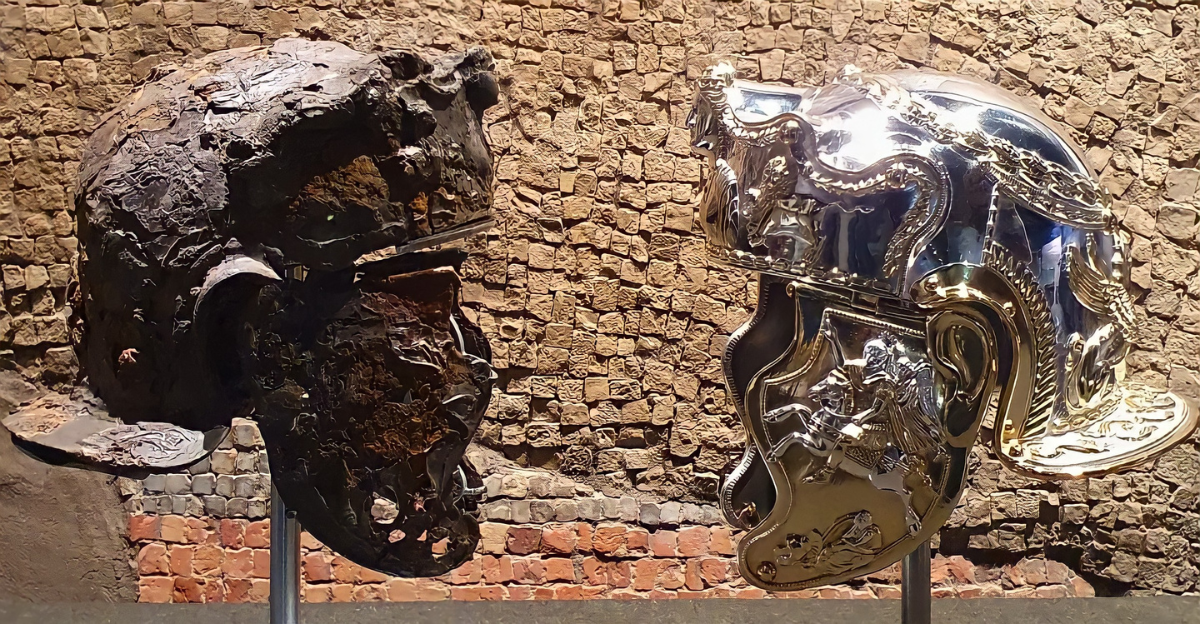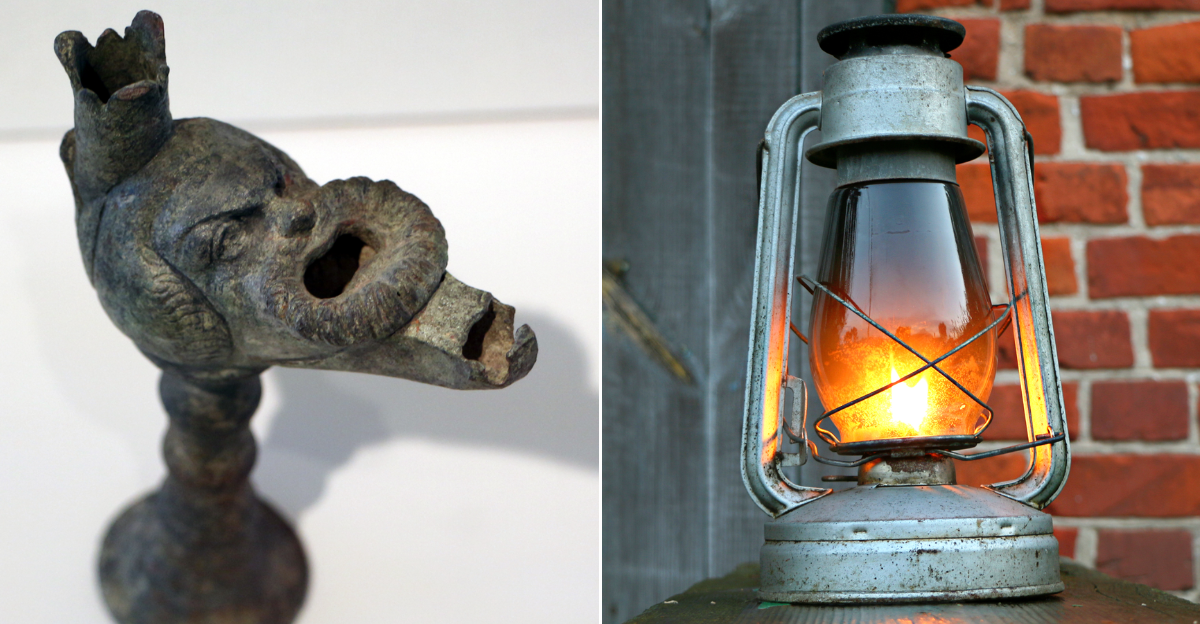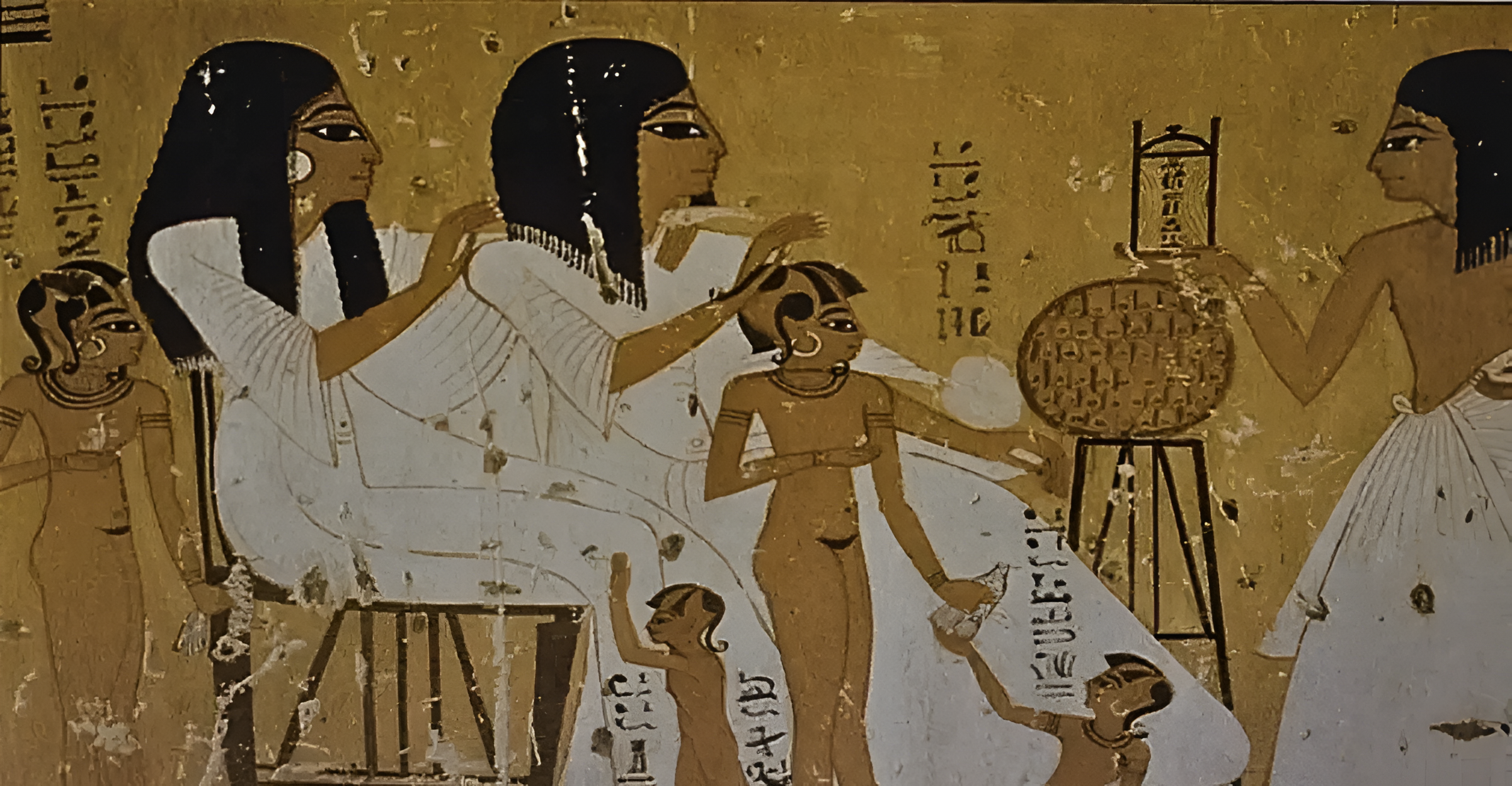
For decades, it was believed that the earliest inhabitants of the Americas came from Japan. This belief was justified by artifacts and some parts of the skeleton seeming identical to those found in Japan.
But recent research is shattering this belief. With precise genetic information and dental research, scientists are now observing a different origin. This finding could forever shift our understanding of the first human settlements in America.
Rethinking Old Theories
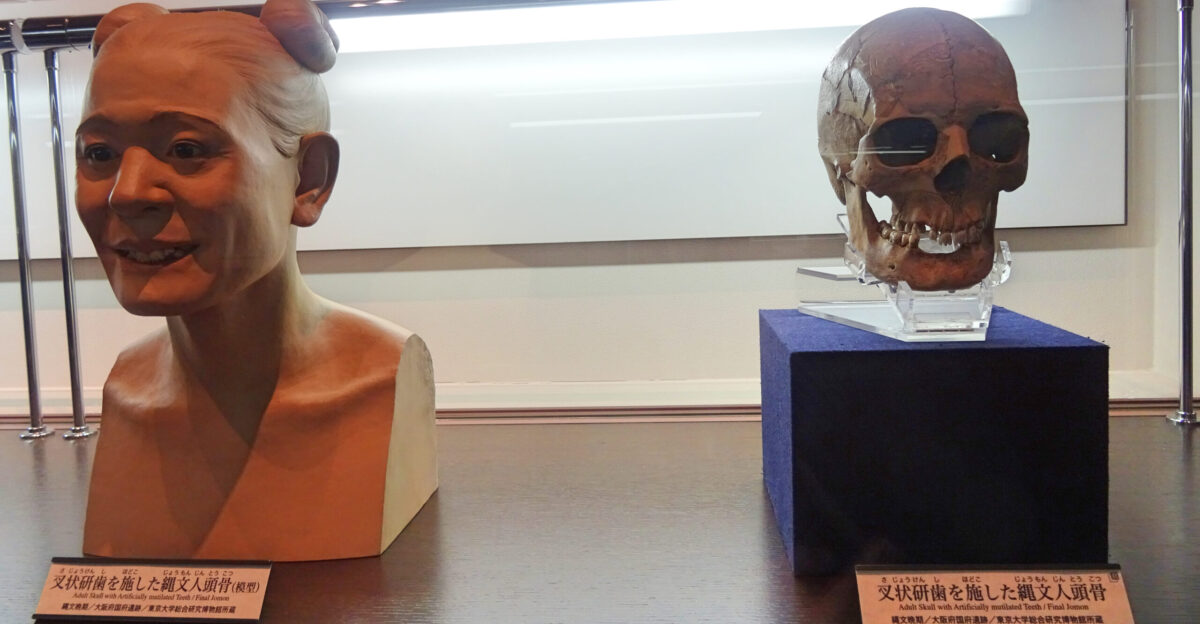
The Jomon, Japan’s ancient inhabitants, have long been suspected of being Native American ancestors. Archaeologists demonstrated this by analyzing their stone tools and some of their physical traits.
According to a 2023 study published in PaleoAmerica led by anthropologist Richard Scott, “neither the skeletal biology nor the genetics indicate a connection” between the Jomon and Native Americans.
They were assumed to have migrated from Asia over the northern rim of the Pacific to North America. However, with more available data, this hypothesis is being challenged.
Tools That Told a Story

Stone tools were the main justification for the connection to Japan. The very first American sites possessed tools that closely resembled those of the Jomon.
According to researchers, the similarity justified a probable cultural and genetic link. The tools appeared to be evidence that humans must have emigrated from Japan into North America and then rapidly expanded south.
A Fast Spread South
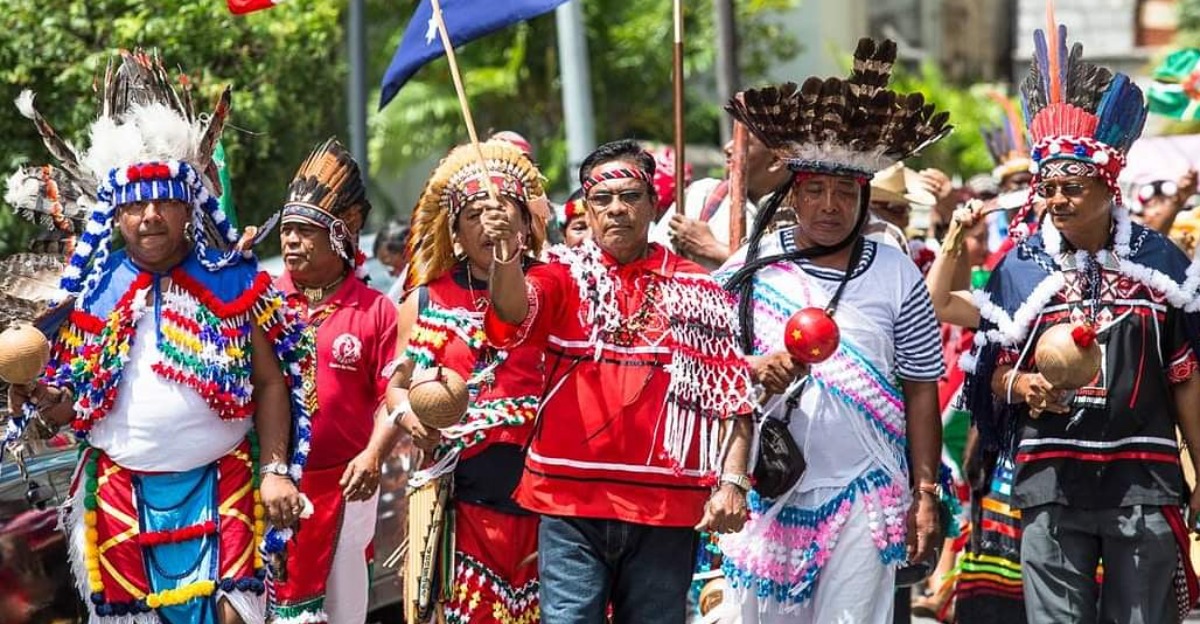
After establishing themselves on the continent, these first settlers didn’t stay in one place. They went far and wide—and rapidly.
The evidence indicates they made their way to the southernmost point of South America in a span of some 2,000 years.
This rapid spread was used to justify the coastal migration pathway from Asia, with a possible stop in Japan along the way.
Beyond Artifacts
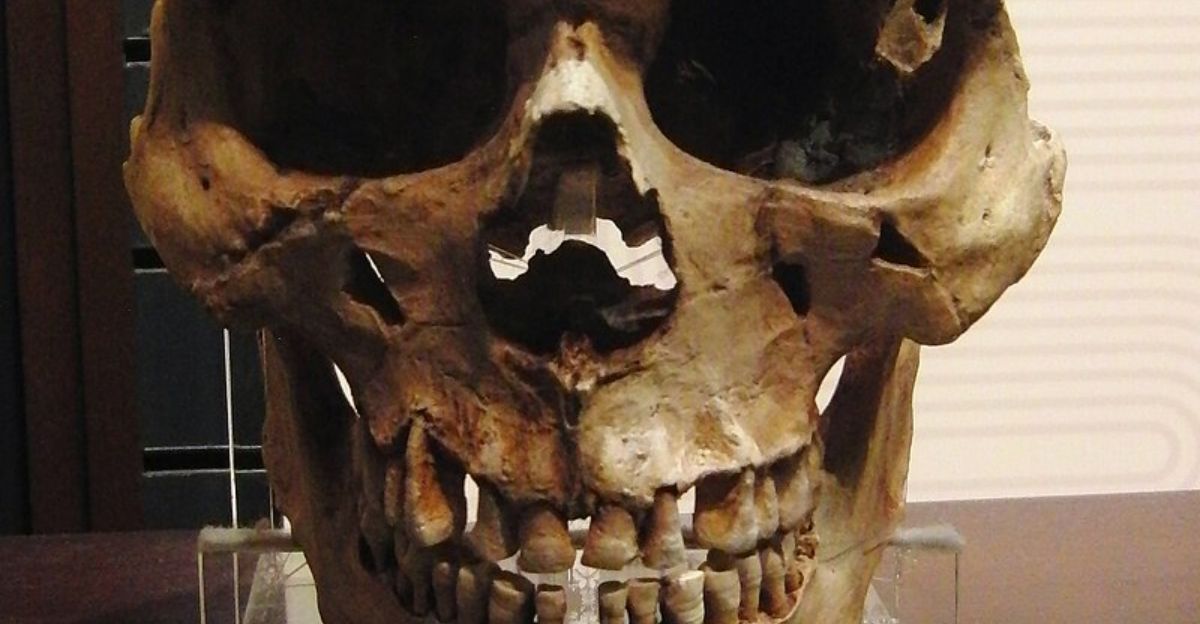
A second team chose to look beyond stone tools in their investigation. They looked into human biology and teeth to learn more about ancestry.
Teeth hold information regarding a population’s history, as dental characteristics are inherited. This method provided an alternative means of testing the original hypothesis.
The Dental Detective

Anthropologist Richard Scott directed the research. He drew on decades of field experience comparing Asian, Pacific, and American dental structures.
The scientists applied new statistical methods to search for differences and correlations. What they discovered bewildered many other scientists who had been basing their assumptions mainly on tool similarities.
A Weak Jomon Link

The dental record reflected minimal similarity between the Jomon and Native Americans. There was only a slight overlap of limited samples.
This reveals that the Jomon were not the primary origin of the first Americans. These results opposed the existing long-standing old hypothesis.
Genetic Clues Come In

The genetic information confirmed the dental information. Maternal and paternal lines within Jomon and Native American communities didn’t correlate.
Testing established that those groups had diverged from a common ancestor much earlier than had been assumed. This affirmed that Native Americans most probably didn’t originate from Japan.
Siberian Roots

Where are they from, then? Siberia, the research states. Both genetic and dental evidence indicate that Native Americans have more in common with ancient Siberians.
This discovery is consistent with the previous theories that advocate a land bridge between Siberia and Alaska.
Footprints in the Past

A new find in New Mexico contributed to the controversy. Human footprints 23,000 years old confirmed that humans lived in North America earlier than believed. This finding does not favor the Japanese hypothesis and is more favorable to those of Siberian origin.
Alterations in Japanese History
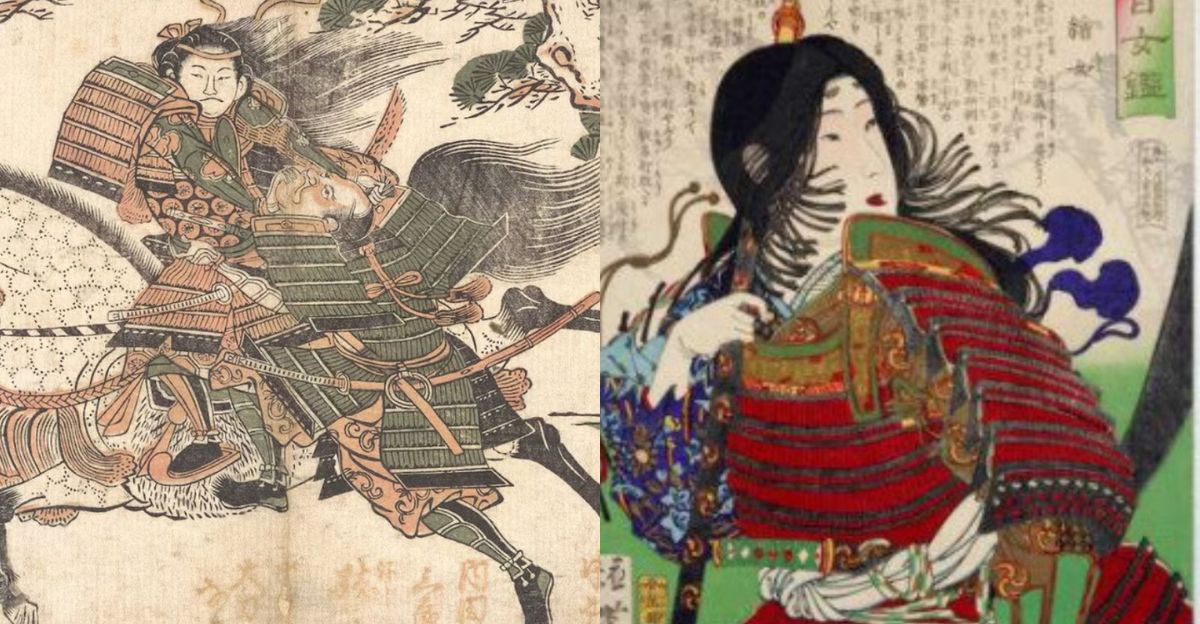
The research also uses new evidence from Japan. Recent genetic studies there indicate three migrations to Japan instead of two.
That would mean Jomon had a more complicated history and were more different from Native Americans than previously considered.
Not Without Limits
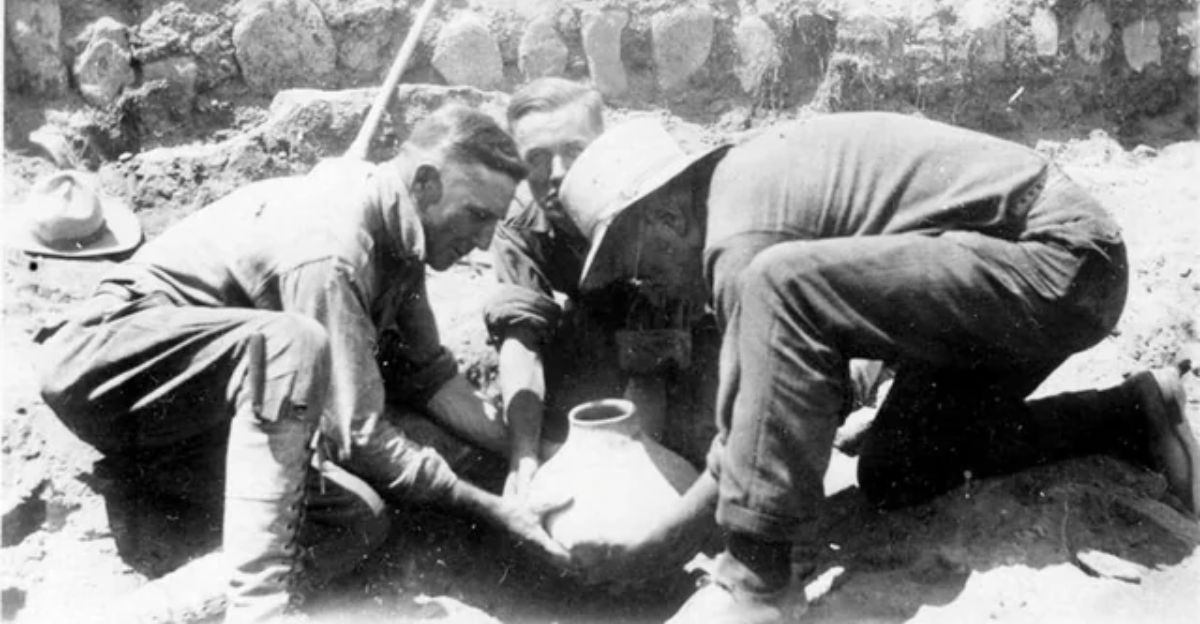
The researchers acknowledge the limitations of the existing evidence. Fewer Jomon DNA samples are from more recent times.
Nevertheless, the group feels these samples still give a reasonable glimpse of ancient populations and validate new conclusions.
A Shift in Thinking
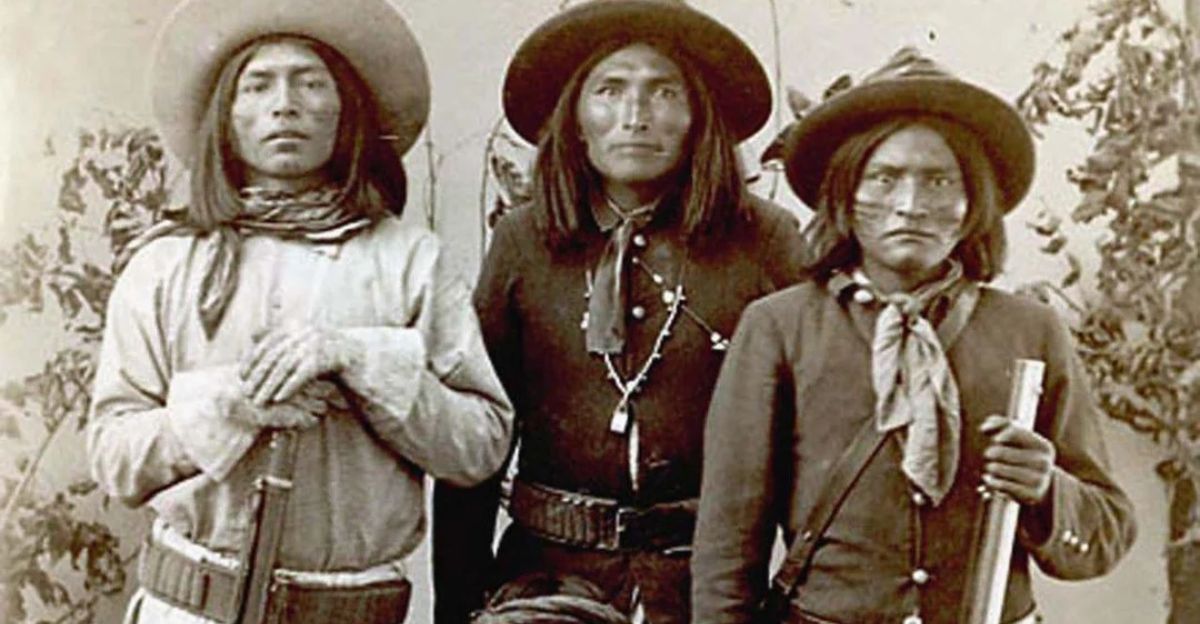
The research demands a paradigm shift in our knowledge of human development in the Americas. Although the initial immigrants possibly used a coastal route, their origin does not appear to have been Japanese but Siberian. This changes how we understand the migration of human populations across continents.
The Story Continues

This study does not close the case. It opens new doors to studying human history. Further evidence will continue to redefine our picture of the past.
But for now, the first Americans did not migrate from Japan but from the long expanse of Siberia, rewriting one page of our common history.

